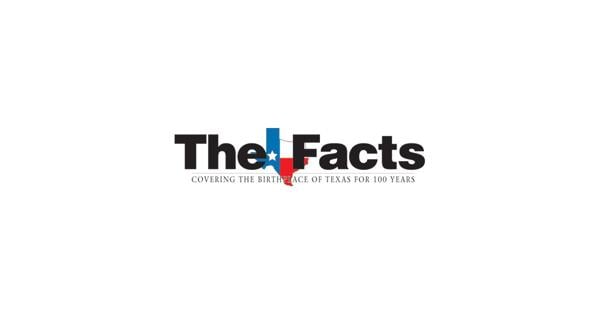Yes. My guess (based upon insufficient information) is the original "hurricane proof" label may have been related to resistance to wind-load. That's obviously not enough. btw"My understanding is that if the house in question had been in the open it (probably) would have been okay. It was the surrounding houses that caused the problem." S2 #159
If you'd like something to lose a little sleep over within the category of insufficiently engineered structures:
decades ago I encountered a report about a primary U.S.' federal "level 4 containment" facility where we keep beasties like smallpox.
The report indicated the level 4 component was resistant to problems such as low level Earthquake, but still vulnerable to a large quake, or a meteorite strike, or perhaps even a terrorist attack.
We have a tendency to think even though there's a statistical risk, in practical terms there really isn't that much to worry about.
But then we're confronted with the result of such slothful ignorance, including the nuclear disasters at Chernobyl, and Fukushima. Those playing with fire risk getting burned.
"Politics ain't bean-bag.""legislation he hopes will quell an exodus of insurers bailing their business out of California and ...." #160










